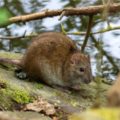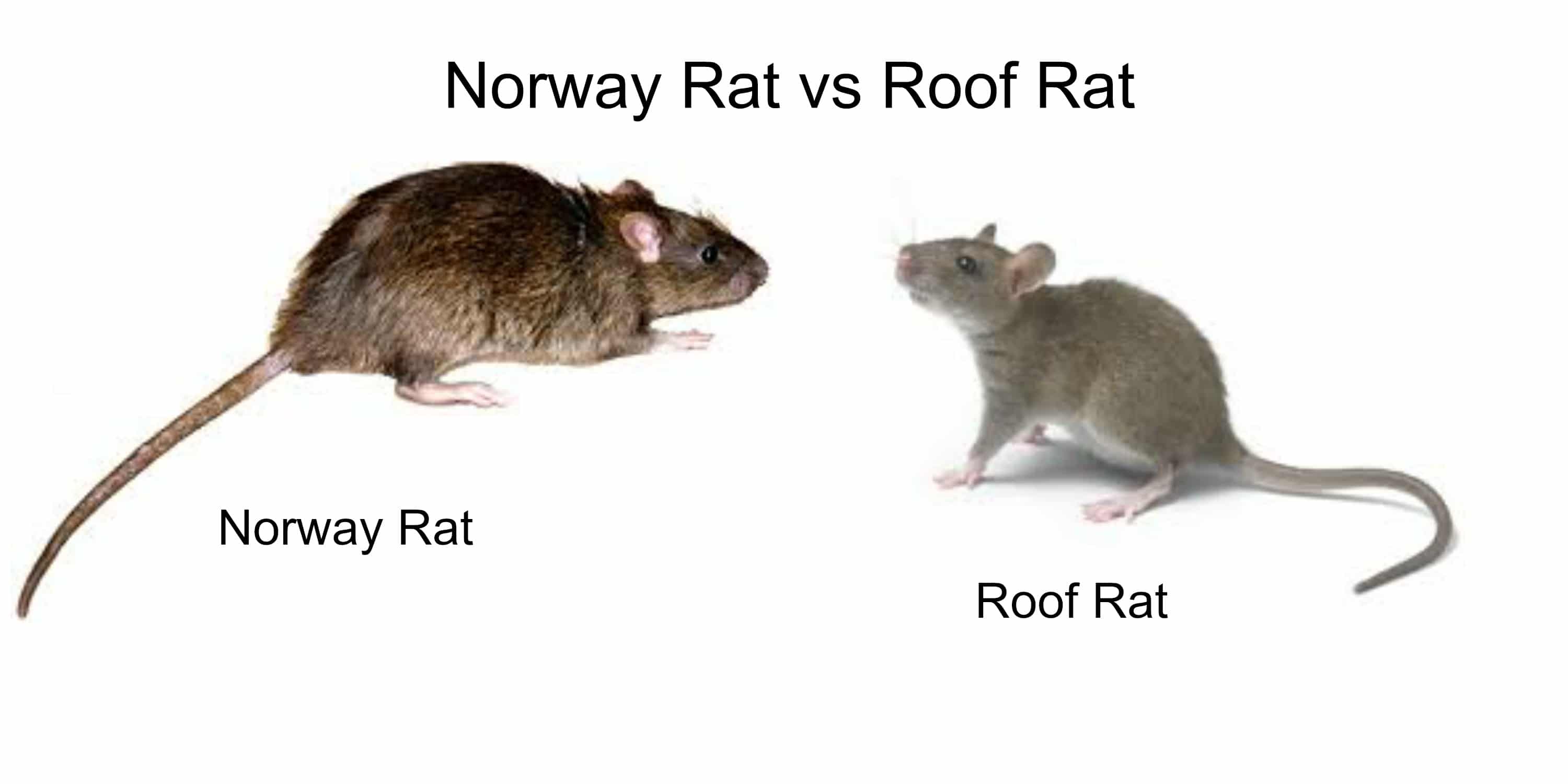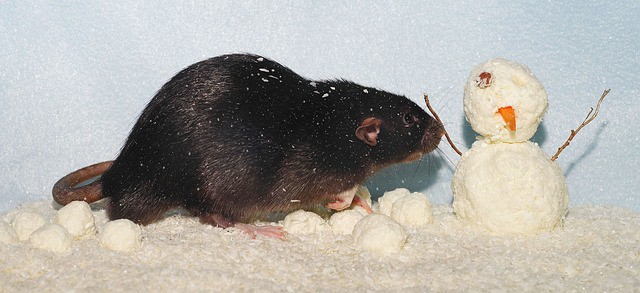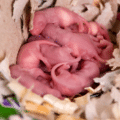Table of Contents
Roof rats and Norway rats are nighttime-loving creatures that try to hide during the day. During the day, roof rats prefer to make their nests in high-up places like attics, ceilings, and trees. Norway rats like to stay on the lower ground floors where there are cellars, basements, gardens, floor foundations, and exposed tree roots. Rats hide and build their nests by digging deep into the ground, making pathways and chambers for their colony to live.
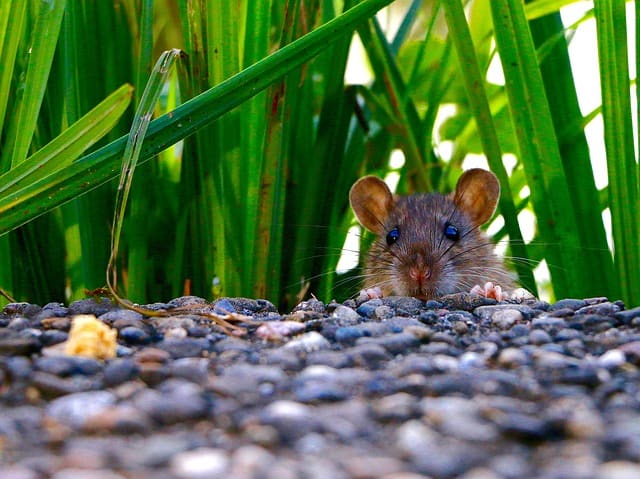
Do Rats Come Out During The Day?
Yes, rats often come out during the day. I have seen roof rats feasting on spilled birdseed in the afternoon in my backyard. On my last trip to Washington, D.C. I saw quite a few Norway rats waddling around by the subway station at lunchtime. Heck, here is a video of folks catching a rat in their koi pond during the day!
Option 1
There is a severe overpopulation of rats in your area and they are being forced to go out when they are most vulnerable in search of food. If this is the case then you have a growing rat problem on your hands and it might be time to hire a rat exterminator.
Option 2
Rats are smart. They have figured out that there are not any predators in the area and have gotten bold. If this is the case then you can set up some rat traps or put out some poison and deal with the situation yourself.
Do Rats Go Inside Chicken Coops Or Other Animal Housing?
Yes, rats do go in and out of chicken coops and other animal housing like stables or kennels. They like to go inside these areas due to their consistent supply of food and animal excrement. To stay alive, rats will eat other animals’ feces as well as their own, and will then scavenge for human food, dog and cat food, animal feed, seed, and other edibles. This leads to food contamination, the spread of disease, and wastes lots of money.
Can Children Be Exposed To Rats?
Yes, children can be in direct and indirect contact with rats. If one rat can fit their tiny head inside a hole, its entire body can fit through that same hole. Rats have been known to be aggressive and can attack innocent babies. This was an extreme case, however, it’s possible. Rats can reach baby cribs, baby high chairs, and child-size and adult size beds by reaching, climbing, and even jumping.
If your home has just one rat running around, there are most likely more. And, if there’s more, that means that they’ve probably touched and tainted multiple surfaces within your home. This can indirectly and directly expose older and younger children, toddlers, and babies to the diseases and bacteria that rats carry.
If I See Or Find A Rat, Should I Follow It?
If you find or see a rat, follow it. Find out where it’s headed and if you can find the location of the nest. You may be surprised to find where your rat problem has festered.
If you can’t follow it due to it being too fast or you suspect that the nest is on a separate property or undisclosed area, you’ll want to find what they are using for their own personal freeway. When you find out what they are using to access your property and cut that off, you’ll begin your first steps to combat the problem.
Where Should I Look And What Should I Look For To Find A Rat During The Day?
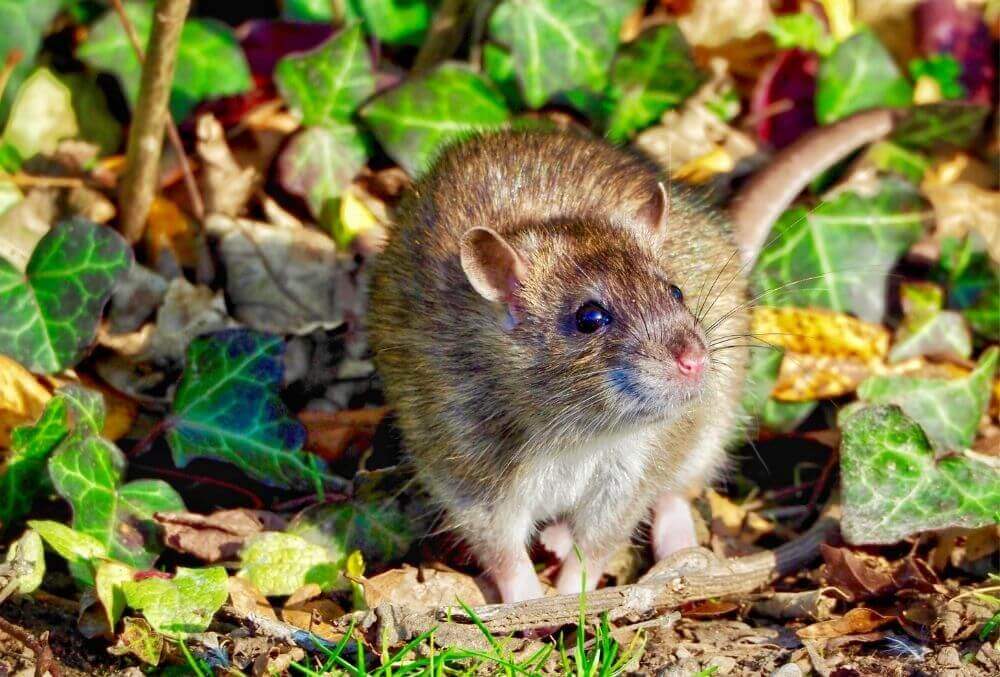
Walls And Structures
Look at the top, sides, corners, and the base of walls and other structures, that’s usually where do rats hide. You might just see one running, jumping, and climbing along a wall, fence, or your child’s playhouse, the dog house, or chicken coop.
Trees
Rats climb trees. Look up into your trees for signs of bundled-up twigs and other materials. It’s most likely where do roof rats live during the day. If you see that, it’s likely a rats’ nest. Inspect your fruit and citrus trees for bitten fruit, ripened fruit, rotting or fallen fruit, and hollowed-out orange rinds. Palm trees are excellent nesting spots as well.
Garden And Crops
Look for holes in the dirt, beneath compost piles, and under piles of leaves, grass, or weeds. Also, check your fruit and vegetable crops for any bite marks or rodent tracks.
Bushes And Flower Beds
Look here for holes, nests, droppings, and materials. Especially look at bushes that are touching the ground, as this can be an easy area for rats to play and hide.
Holes
Clearly look against walls, concrete or brick foundation, or any piles of wood or materials you may have inside or around your property.
Objects
Small things around your home, office, or farm have gone missing or are getting damaged, or are being whittled away. There may be pieces of those objects found around your home or farm. Follow the trail if there is one. Be careful, rats have been known to start fires by biting into electrical wiring.
Droppings
Look for rat droppings and urine. Rats leave traces of themselves everywhere to communicate with other rats. Their droppings look like little but long black or brown pellets.
Smell
The smell of rat urine will be pungent and disgusting. You’ll know it when you smell it. Rats are known to have very little bladder control and urinate on everything.
Greasy Or Oily Smudges
Look high and low for oily black smudges that rats leave behind. They do this to scratch themselves, leave scent markers to find their way around a space, and attract other rats for mating.
Squeaking And Fighting
You’ll most likely hear this in a tree or bushes, ceiling or attic, flooring or basement, or wall. This is a bad sign you’ve got rats, but a good sign you’ve found where their nest is.
Conclusion
Rats can live and thrive during the day and at night. With this versatile lifestyle, rats can quickly take advantage of access to food, shelter, and materials inside and outside your home, property, or business. Don’t let your family, pets, livestock, garden, and crops become victims of an overpopulation of rats. Call the pest control services in your area to advise you on what to do with the rat infestation.

